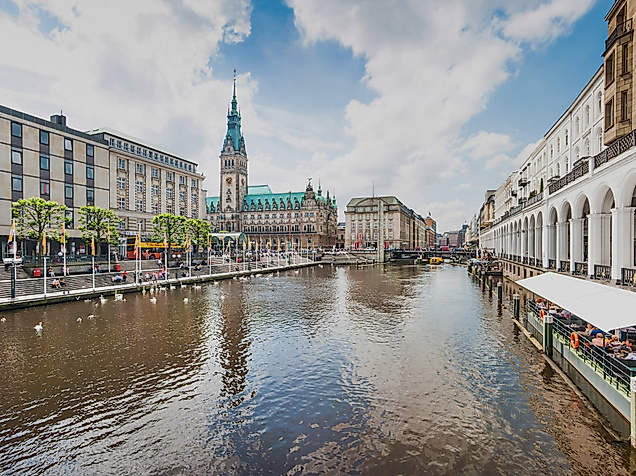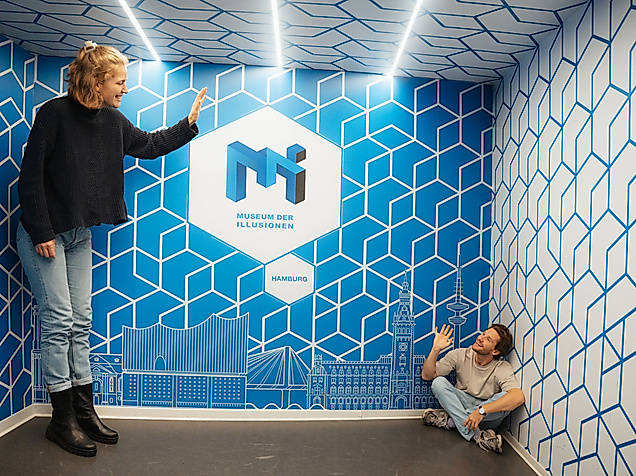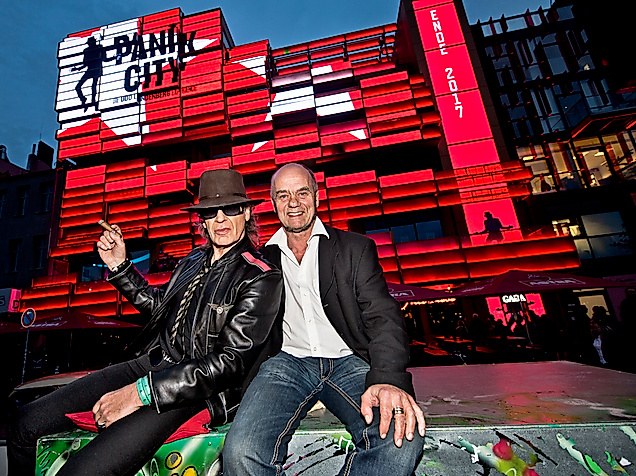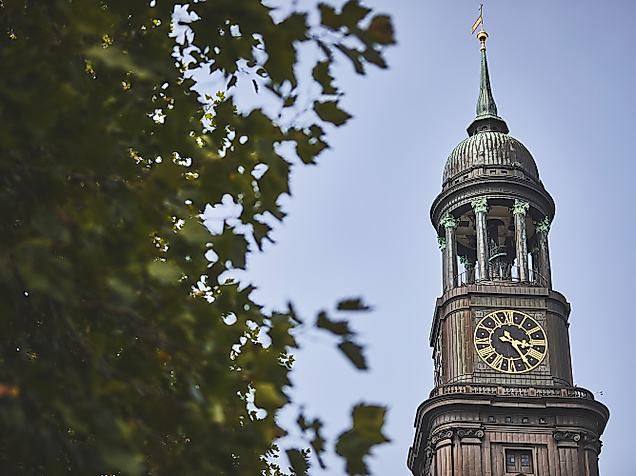


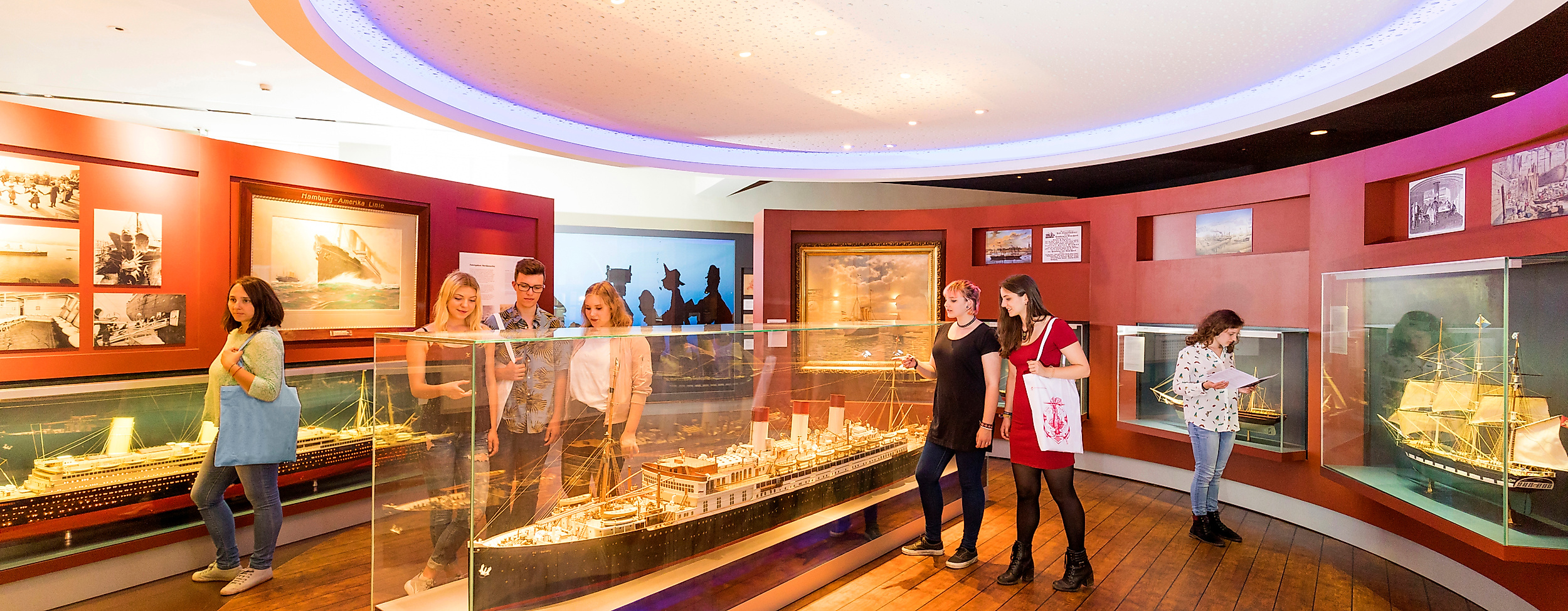
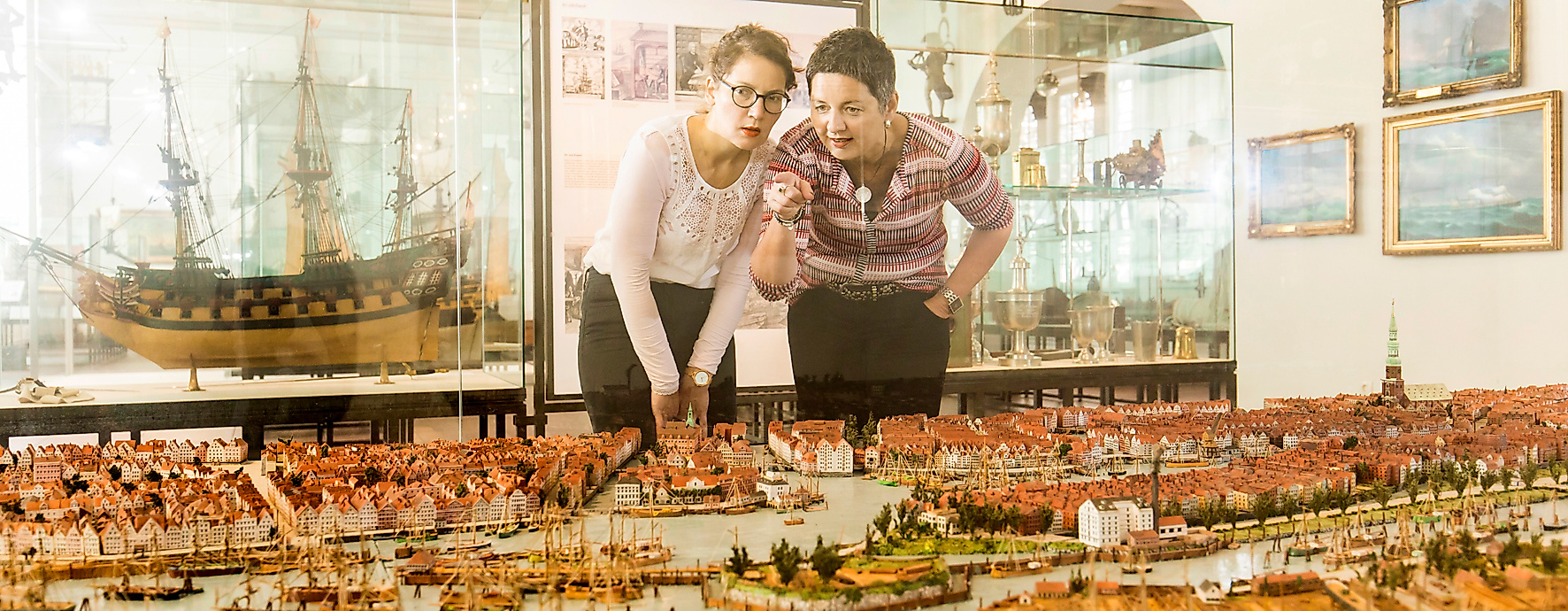
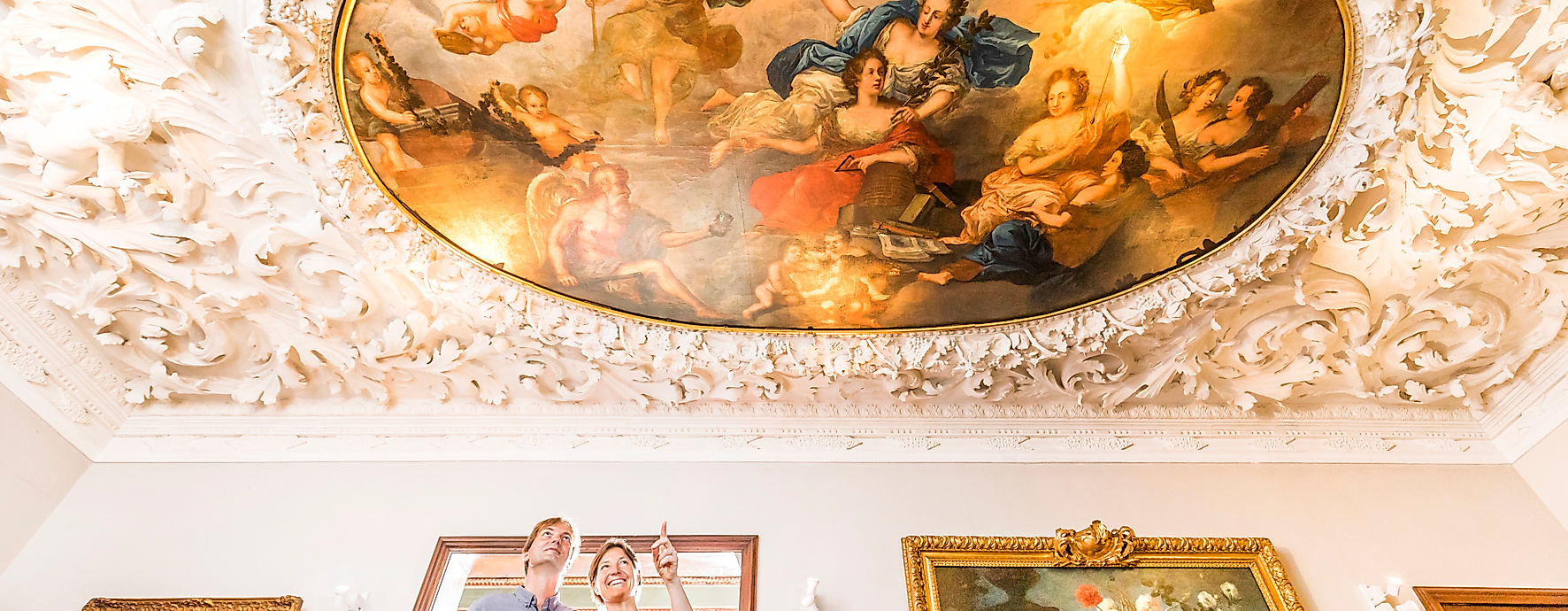


Museum für Hamburgische Geschichte
One of the largest museums of urban history in Germany
Why Hamburg is what it is. If you want to know how the mission fort Hammaburg became the proud Hanseatic city and the proverbial gateway to the world, then the Museum of Hamburg History is the right place for you.
From January 2023 until probably 2027, the entire museum will close and be made fit for the future: the building will be renovated and the permanent exhibition redesigned. The overarching goals are greater accessibility, inclusion, accessibility, comprehensibility, monument protection, energy efficiency, sustainability, digitality, diversity and participation. During the three-year closure of the museum, visitors have the opportunity to immerse themselves in the history of the Hanseatic city with the help of an app. The application uses innovative 3D and augmented reality technologies to create an immersive experience and take visitors on a fascinating journey through the city's past.
Hamburg's City Museum was built in 1908 by Fritz Schumacher, the important Hamburg architect and formative chief building director, on the site of the former Bastion Henricus, part of the Baroque fortification complex built between 1616 and 1625 by the Dutchman Jan van Valckenborgh, which made the city impregnable. Opened in 1922 on Holstenwall, the museum building is now one of the largest museums of cultural and urban history in Germany and celebrated its 100th anniversary in 2022.
From piracy in Hamburg and its development into a modern metropolis
The exhibitions in the Museum of Hamburg History document the changes in Hamburg on 1,000 square metres. The extensive collection on the city's history ranges from Hamburg's beginnings around 800 to the present day. Here the visitor learns everything worth knowing about the pirates of the 14th and 15th centuries, the development into a modern metropolis and one of the most important port cities in Europe.
Numerous exhibitions on the central themes of shipping, port and emigration via Hamburg, as well as the "Jews in Hamburg" section, provide a comprehensive presentation of Hamburg's history.
The highlight of the museum is the so-called Störtebeker skull. The 600-year-old skull was discovered in 1878 during the construction of the Speicherstadt warehouse district on Grasbrook. The head is attributed to the pirate leader Klaus Störtebeker, who was beheaded with 72 companions on Grasbrook - in today's Hafencity - on 21 October 1401.
In addition to the important exhibits of the last 1200 years, the museum also offers numerous special exhibitions, museum festivals, events and Hamburg's largest model railway in gauge 1. With its covered courtyard, the museum is one of Hamburg's most beautiful event venues.
Short & Sweet
- How much time 2 to 3 hours
- Only here is the city of Hamburg's multifaceted development history from its beginnings around 800 until the present day
- How to get there Take the underground to St. Pauli (5 min. walk), take the bus to the Museum of Hamburg History (1 min. walk).
- Gastronomy "Bastion" Bistro in the building
- Near Reeperbahn, St. Michaelis Church, Wallanlagen
- Tip Free admission for children and young people under the age of 18
Top customer reviews
Search
Languages
Google translator for other languages
Please note that this is an automatic translation.
For better information, you can always switch to the German or English version








